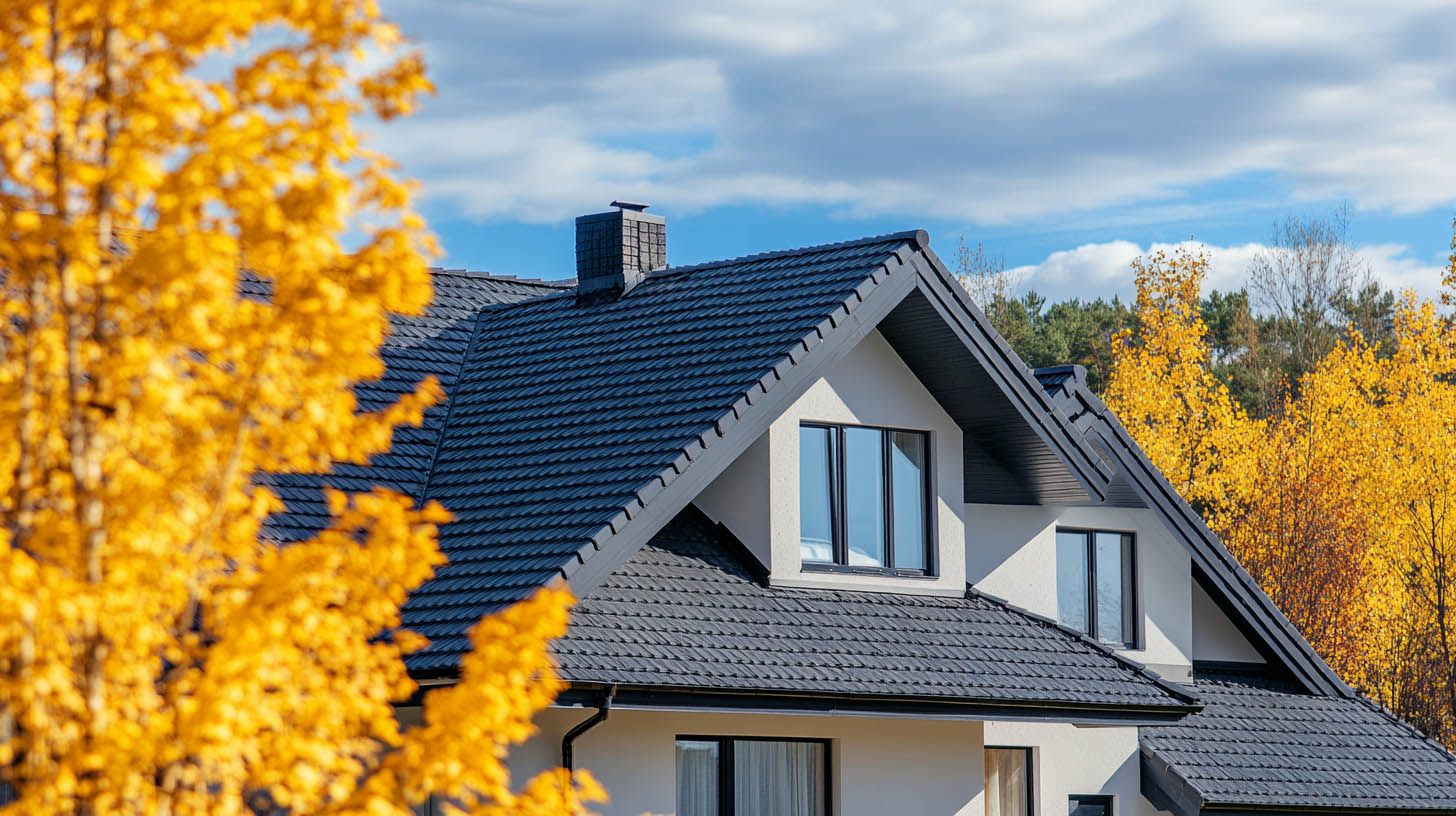
Roofing contractors are typically associated with exterior work, but there are specific instances when they need access to your home’s interior. Rainstoppers Roofing in Charleston, WV, understands the importance of transparency and preparation in such cases. Here’s a detailed look at when and why roofers might need to enter your home.
Situations That Require Roofers to Enter Your Home
Roof Repairs
For most roof repairs, contractors work entirely from the outside. However, in cases of hard-to-trace leaks, accessing the interior is often necessary. For instance:
- If water is seeping into a bathroom, roofers may inspect the plumbing vent pipe and its boot to identify the source of the issue.
- Other interior areas, such as attics, might need to be inspected to pinpoint the origin of hidden leaks.
Roof Replacement
During roof replacements, contractors often need to inspect:
- Attic Ventilation: Attic ventilation is a crucial aspect of maintaining your roof’s health and longevity. Proper ventilation ensures that air circulates effectively through your attic, regulating temperature and reducing moisture buildup. Without adequate airflow, excess heat in the summer and moisture in the winter can lead to problems such as mold growth, structural decay, and premature wear of roofing materials like shingles. Over time, this can significantly shorten the lifespan of your roof and result in costly repairs. Ensuring your attic is properly ventilated not only extends the life of your roof but also improves energy efficiency by maintaining a more stable indoor temperature.
- Roof Decking: Roof decking, the structural foundation beneath your roofing materials, plays a vital role in the integrity and safety of your roof. During installation or replacement, contractors thoroughly inspect the decking for signs of rot, water damage, or structural weaknesses. Any compromised areas must be repaired or replaced to provide a stable base for the new roofing materials. Additionally, contractors check for compliance with modern building codes, which often require certain specifications for decking planks. For instance, gaps between planks exceeding 1/8” can compromise the roof’s integrity and may need to be addressed. By ensuring the roof decking is sound, contractors create a solid foundation that enhances the overall durability and performance of the roofing system.
Benefits of Allowing Roofers Inside
Comprehensive Inspection
Access to your home enables contractors to thoroughly assess underlying problems, ensuring accurate repairs or replacements.
Prevention of Future Issues
Identifying and addressing concerns like inadequate ventilation or damaged decking during a replacement minimizes long-term risks.
Preparing for Roofers’ Visit
- Clear the Attic: Make the attic accessible by removing obstacles or stored items.
- Communicate Clearly: Discuss specific areas of concern with the contractor to help focus their inspection.
- Ensure Safety: Verify the contractor’s credentials, including insurance and licensing, before granting access.
FAQs
Is it standard for roofers to come inside during inspections?
It depends on the scope of work. Roof replacements often require interior access, while repairs typically do not.
How can I prepare for roofers entering my home?
Clear access points like the attic and ensure areas under inspection are tidy and accessible.
What should I do if I’m uncomfortable with roofers inside my home?
Discuss alternatives with your contractor or consider accompanying them during the inspection for peace of mind.To find out which roofing material lasts the longest, click here.
